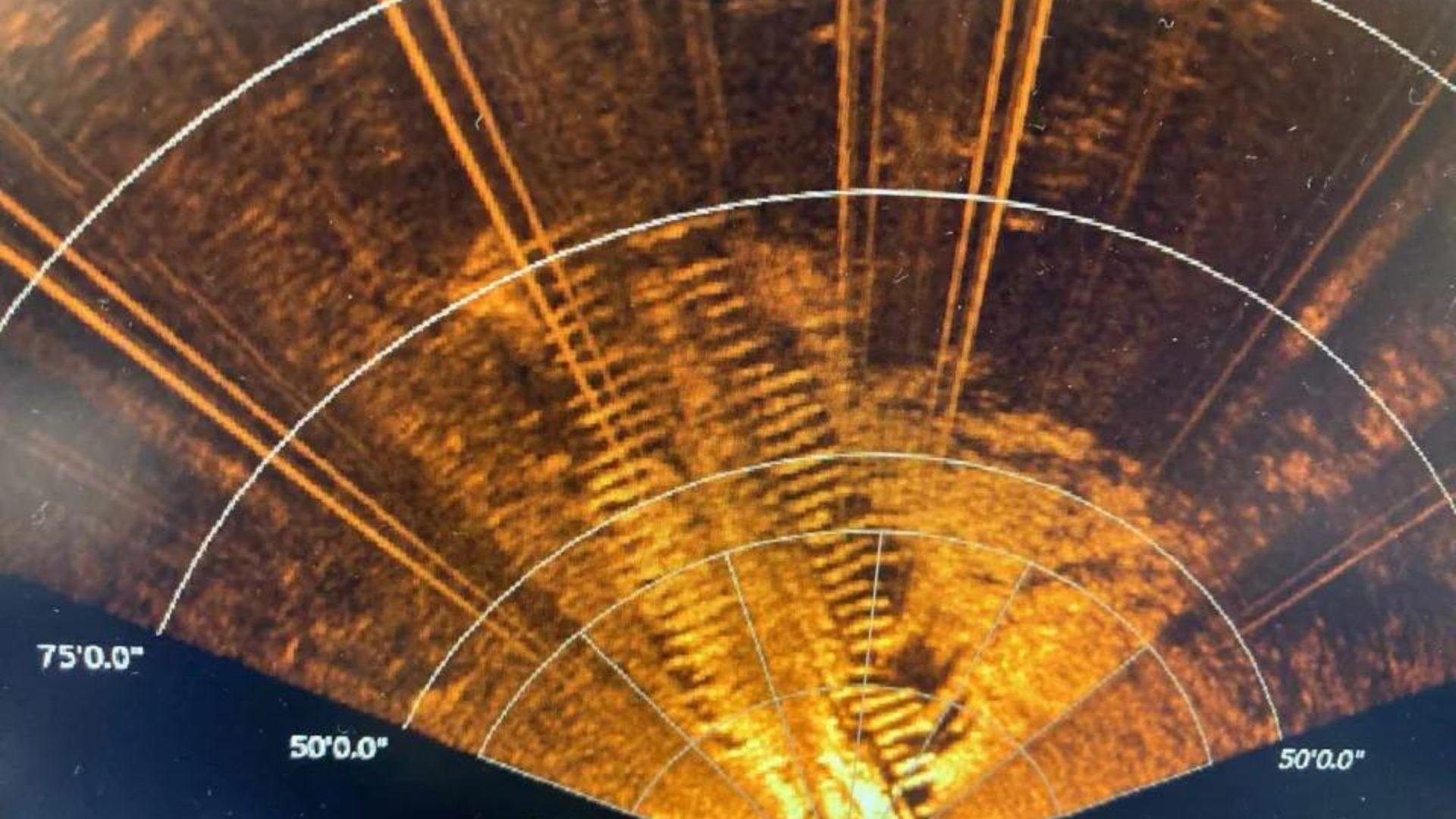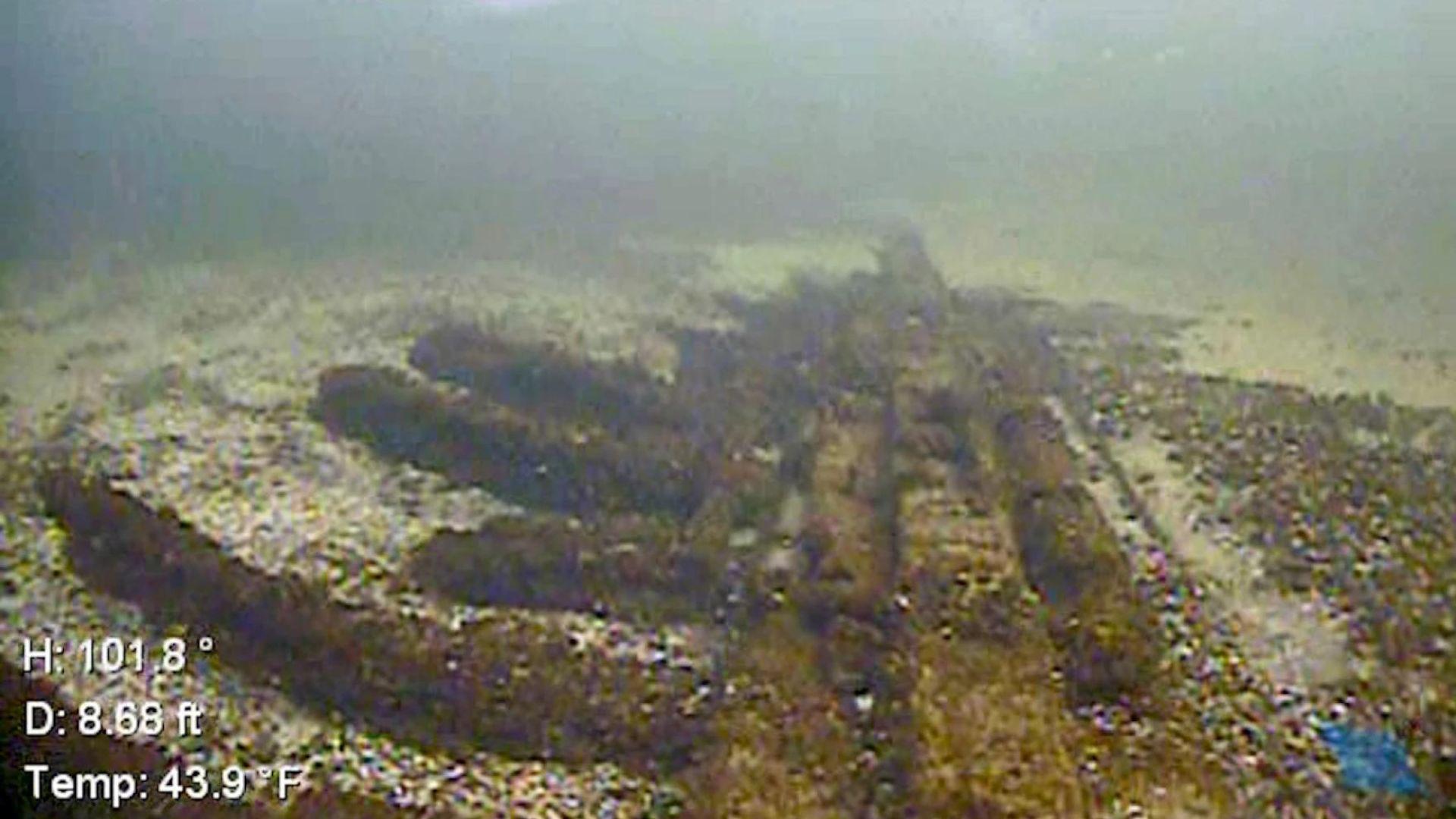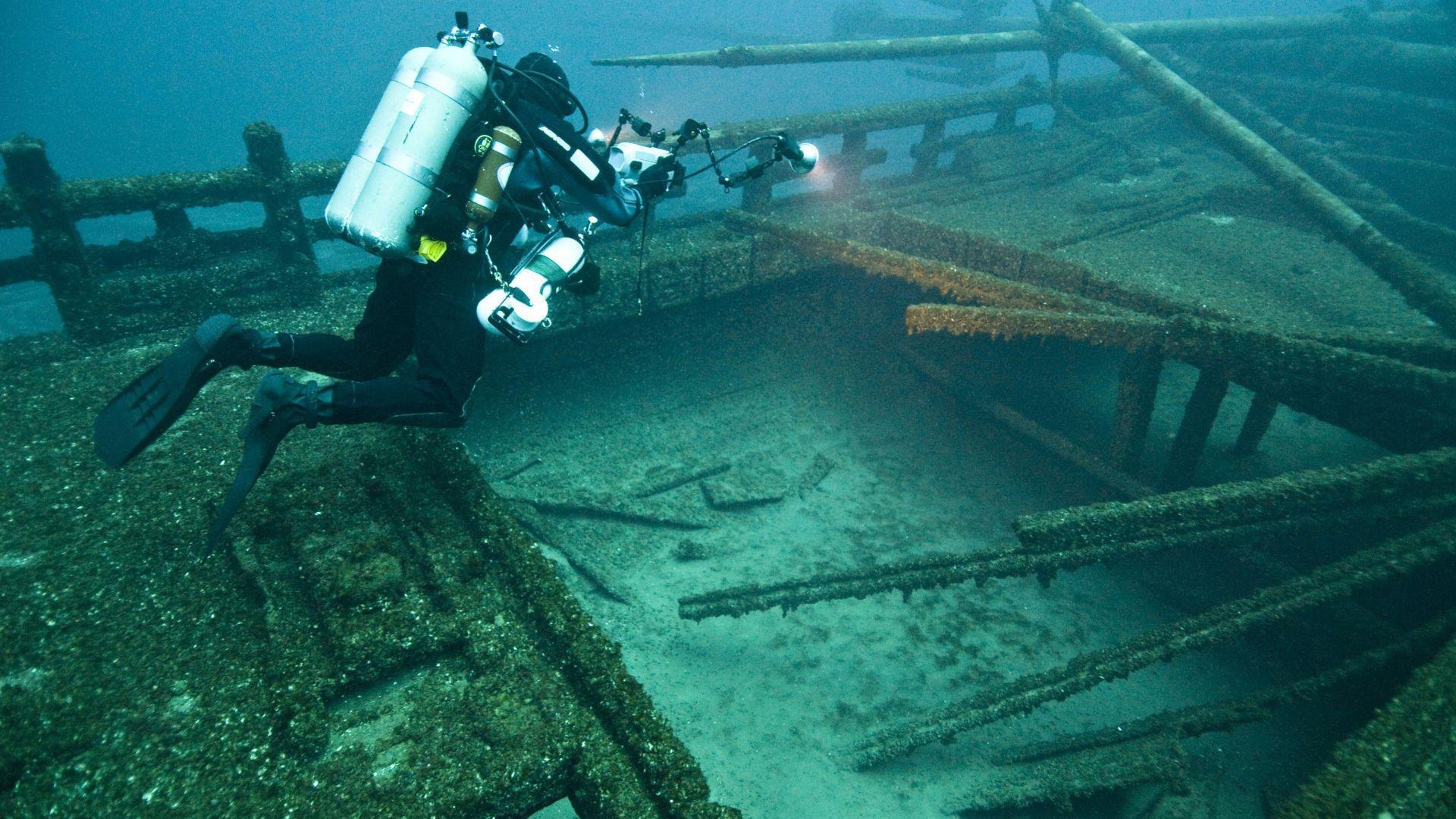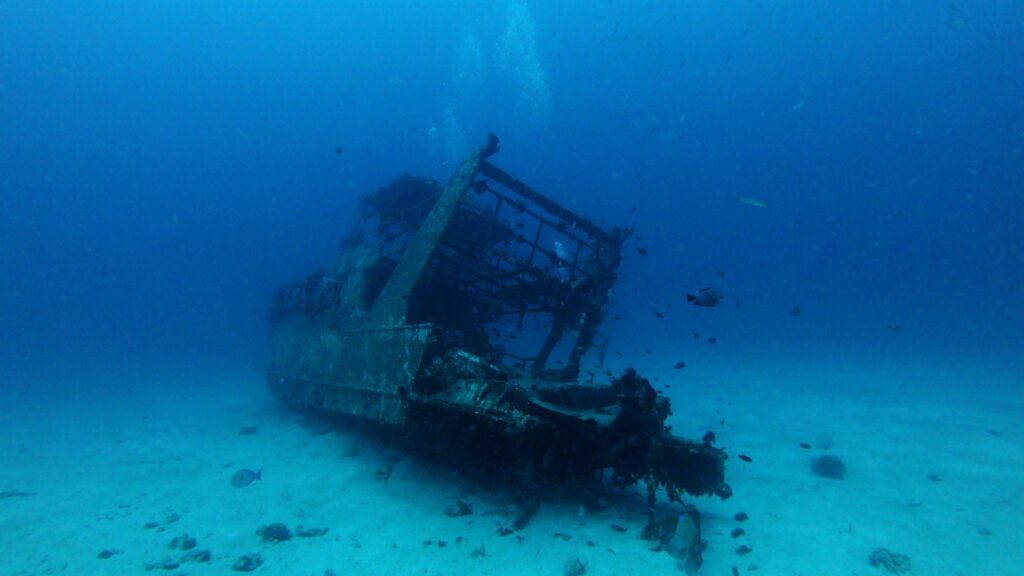A 4-year-old named Henley Wollak made an extraordinary discovery while fishing on Lake Michigan, finding a shipwreck that dates back 152 years.
This incredible event showcases the unforeseen and remarkable discoveries that can occur in everyday life. Henley, with her lively imagination, usually spent her bedtime dreaming of sea creatures, but this real-life adventure surpassed her imaginary tales.
From Bedtime Stories to a Real Adventure

Every night, Henley Wollak, a (now) 5-year-old with a vivid imagination, would dream of being a sea creature under her mermaid-themed bedspread.
Her world of fantasy met reality during a summer day on Lake Michigan when she and her father stumbled upon a 150-year-old shipwreck.
An Unexpected Sight Under the Water

While on a boating trip, Henley and her father, Tim Wollak, noticed something unusual beneath the lake’s surface.
Initially thought to be an octopus by Henley, her father recognized it as potentially more significant, given the history of numerous unaccounted shipwrecks in Lake Michigan. This moment marked the beginning of their astonishing discovery.
Social Media Leads to Recognition

Tim Wollak, after recognizing the significance of their find, shared photos of the underwater anomaly on Facebook.
This act of sharing what they witnessed brought widespread attention to their discovery. “At first when we saw it in the boat, I thought it was cool to see something like that,” Wollak told USA TODAY. The magnitude of their find was yet to be fully understood.
Confirmation from the Historical Society

The Wisconsin Historical Society later confirmed the significance of their find, revealing that the Wollaks had discovered a shipwreck lost over a century ago.
This validation turned their casual boating trip into a significant historical revelation, far exceeding their initial expectations.
Identifying the Sunken Ship

After careful analysis, researchers from the Wisconsin Department of Natural Resources indicated that the shipwreck discovered by Henley and her father is likely the remains of the George L. Newman.
This vessel, built before the Civil War, had a tragic end in 1871, trying to navigate through the dense smoke of the Peshtigo Fire, the deadliest forest fire in U.S. history.
Rediscovering a Long-Lost Ship

The George L. Newman, after being lost for so many years, was rediscovered by the Wollaks.
According to the Wisconsin Historical Society, the ship was abandoned, became covered with sand, and was largely forgotten until its recent exposure and discovery last summer.
An Adventure with Historical Consequences

Henley’s desire to swim and look for rocks and sea glass led her and her father to this significant discovery.
Their casual outing turned into an event of historical importance. “She ultimately put us in that location because that’s where she wanted to swim,” Wollak said in an interview with USA Today, highlighting the serendipitous nature of their find.
The Significance of the Wreck

Maritime archaeologist Tamara Thomsen expressed surprise at the discovery, speaking to FOX 11 NEWS, noting that the shipwreck was not previously documented in that area.
“It’s a pretty significant shipwreck, pretty old for Wisconsin shipwrecks,” Thomsen said about the vessel.
The Final Voyage of the Newman

According to The Wisconsin Historical Society, the shipwreck, the George L. Newman, was built in 1855 and met its end during its last voyage in October 1871.
The National Weather Society reported that the ship was navigating through thick smoke from the Peshtigo Fire, a devastating forest fire that claimed over 1,200 lives.
A Lighthouse’s Witness to History

The Wisconsin Historical Society recounts how the story of the George L. Newman is intertwined with the Green Island lighthouse keeper’s actions during the ship’s final hours.
The lighthouse keeper not only rescued the crew but also witnessed the ship’s demise, offering a unique perspective on this historical event.
Young Explorer’s Impact on History

While Henley Wollak may not fully understand the historical magnitude of her discovery, it is a significant contribution to maritime history.
Her discovery has brought a forgotten piece of history back into public knowledge. “She has such a love for the outdoors, I think as she gets older the magnitude of this will sink in for her,” her father remarked to USA TODAY.
